Back to Courses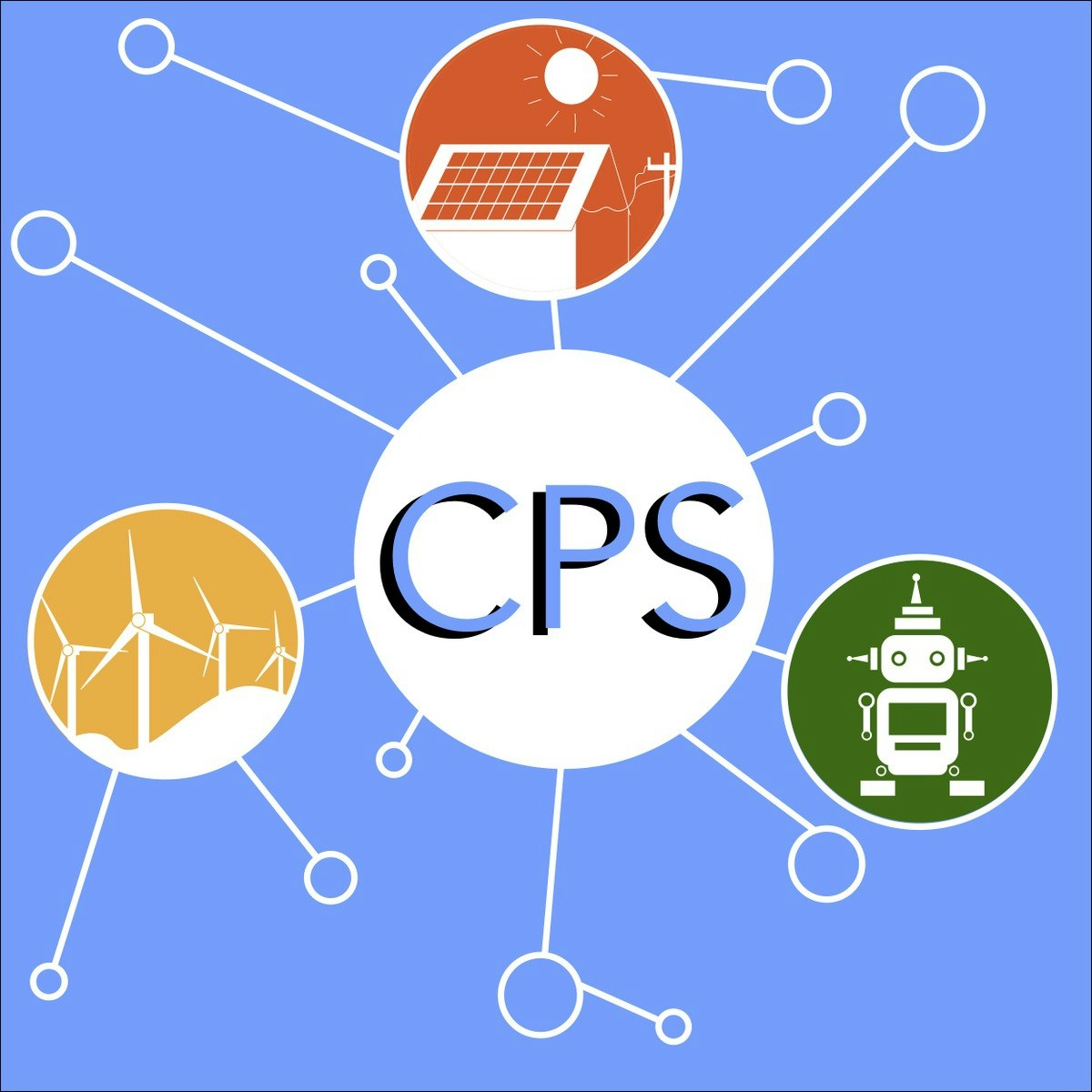

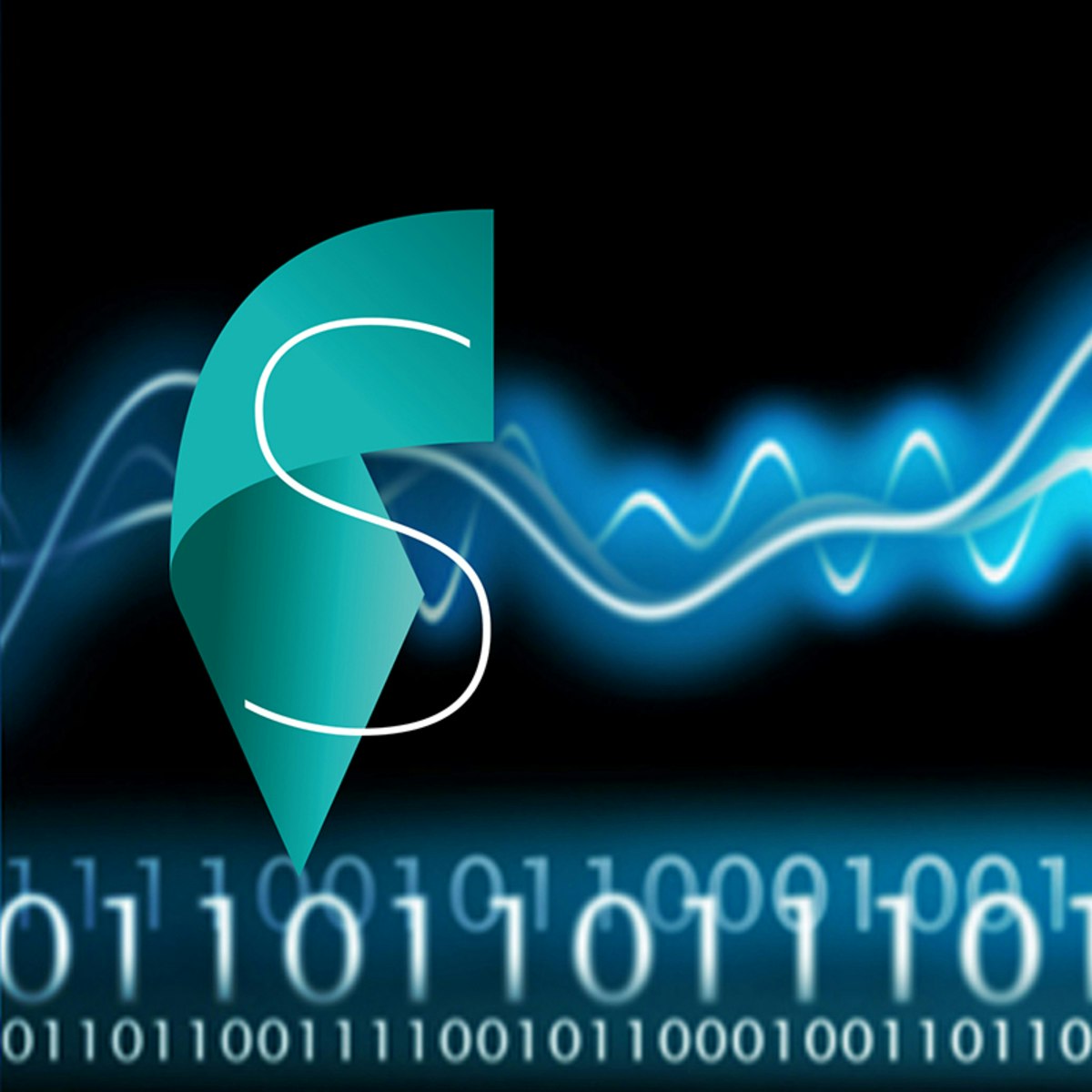
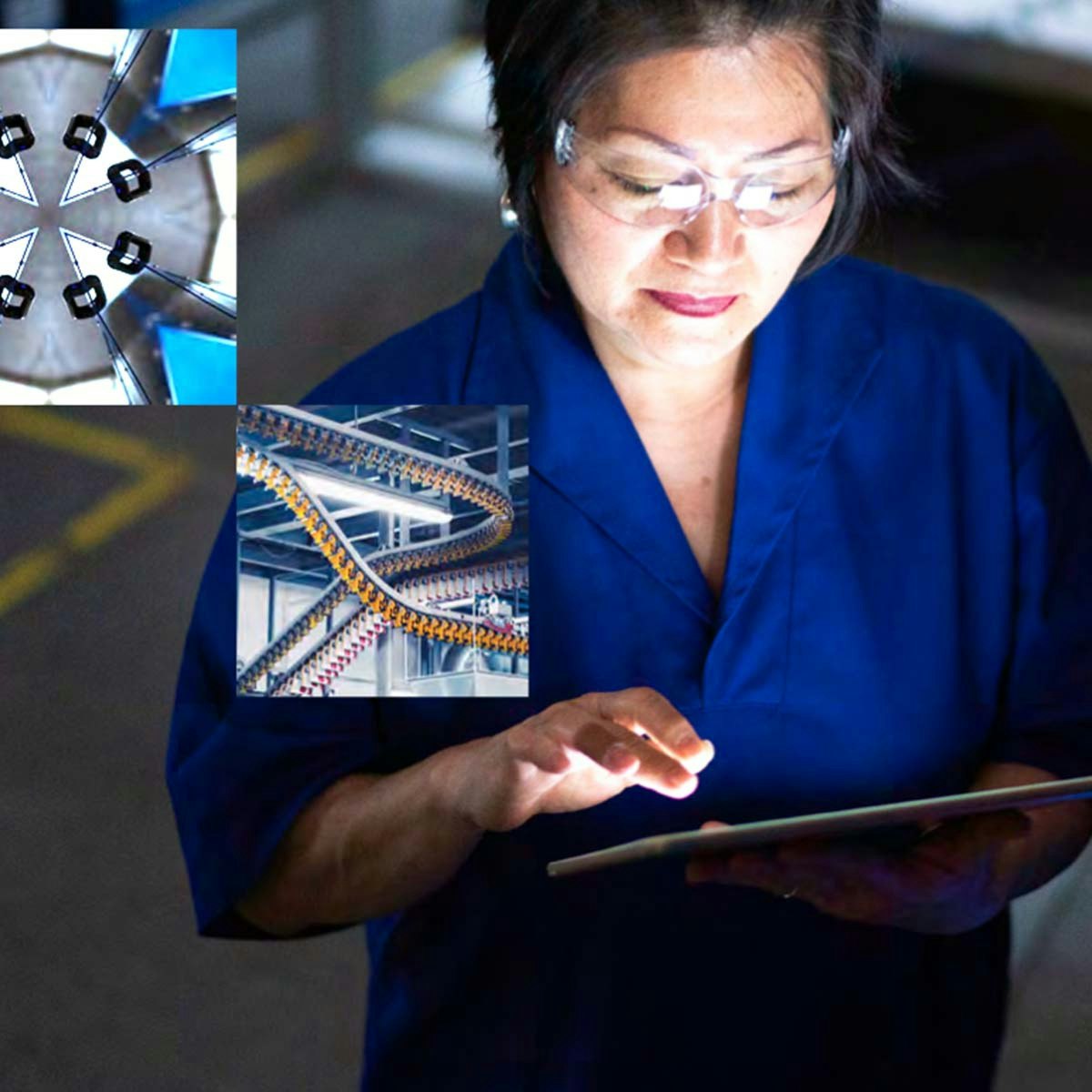



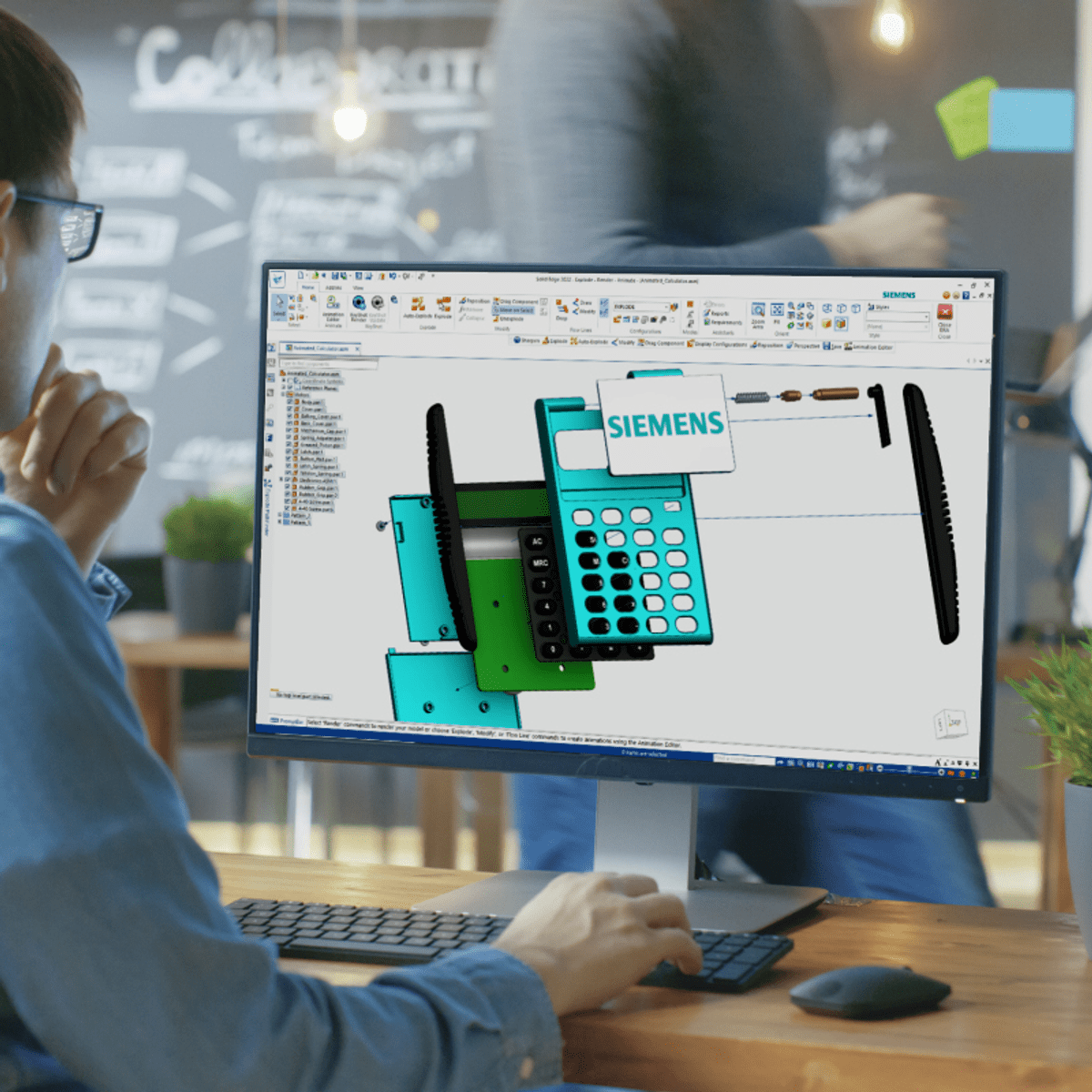

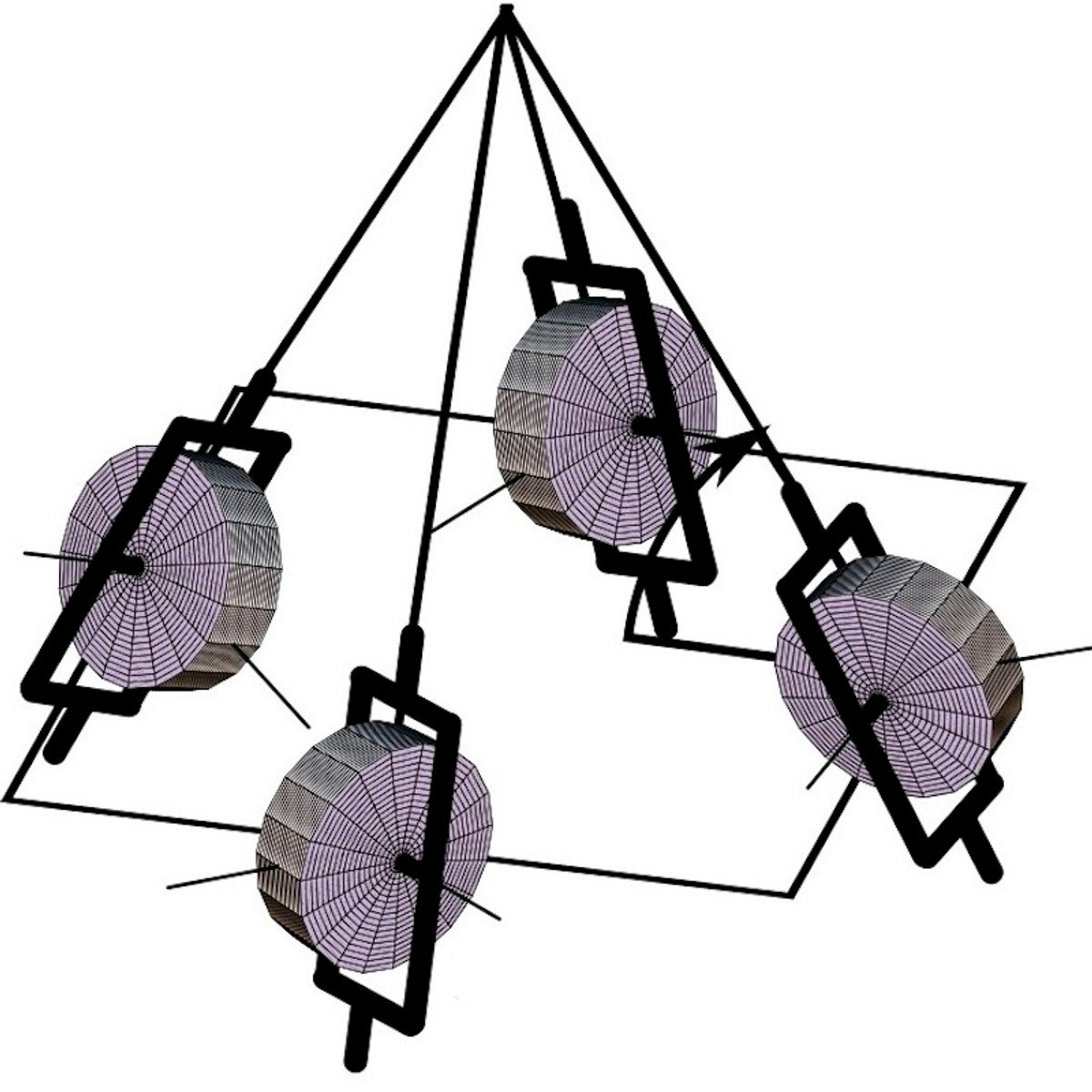
Physical Science And Engineering Courses - Page 24
Showing results 231-240 of 522

Cyber-Physical Systems: Modeling and Simulation
Cyber-physical systems (CPS for short) combine digital and analog devices, interfaces, networks, computer systems, and the like, with the natural and man-made physical world. The inherent interconnected and heterogeneous combination of behaviors in these systems makes their analysis and design an exciting and challenging task.
CPS: Modeling and Simulation provides you with an introduction to modeling and simulation of cyber-physical systems. The main focus is on models of physical process, finite state machines, computation, converters between physical and cyber variables, and digital networks. The instructor of this course is Ricardo Sanfelice (https://hybrid.soe.ucsc.edu), Associate Professor in the Department of Computer Engineering at the University of California Santa Cruz.

A Circular Economy of Metals: Towards a Sustainable Societal Metabolism
Metals are present everywhere around us and are one of the major materials upon which our economies are built. Economic development is deeply coupled with the use of metals. During the 20th century, the variety of metal applications in society grew rapidly. In addition to mass applications such as steel in buildings and aluminium in planes, more and more different metals are in use for innovative technologies such as the use of the speciality metal indium in LCD screens.
A lot of metals will be needed in the future. It will not be easy to provide them. In particular in emerging economies, but also in industrialised countries, the demand for metals is increasing rapidly. Mining and production activities expand, and with that also the environmental consequences of metal production.
In this course, we will explore those consequences and we will also explore options to move towards a more sustainable system of metals production and use. We will focus especially on the options to reach a circular economy for metals: keeping metals in use for a very long time, to avoid having to mine new ones.
This course is based on the reports of the Global Metals Flows Group of the International Resource Panel that is part of UN Environment. An important aspect that will come back each week, are the UN Sustainable Development Goals, the SDGs. Those are ambitious goals to measure our progress towards a more sustainable world. We will use the SDGs as a touching stone for the assessment of the metals challenge, as well as the solutions we present in this course to solve that challenge.

Digital Signal Processing 3: Analog vs Digital
Digital Signal Processing is the branch of engineering that, in the space of just a few decades, has enabled unprecedented levels of interpersonal communication and of on-demand entertainment. By reworking the principles of electronics, telecommunication and computer science into a unifying paradigm, DSP is a the heart of the digital revolution that brought us CDs, DVDs, MP3 players, mobile phones and countless other devices.
The goal, for students of this course, will be to learn the fundamentals of Digital Signal Processing from the ground up. Starting from the basic definition of a discrete-time signal, we will work our way through Fourier analysis, filter design, sampling, interpolation and quantization to build a DSP toolset complete enough to analyze a practical communication system in detail. Hands-on examples and demonstration will be routinely used to close the gap between theory and practice.
To make the best of this class, it is recommended that you are proficient in basic calculus and linear algebra; several programming examples will be provided in the form of Python notebooks but you can use your favorite programming language to test the algorithms described in the course.

Machine Teaching for Autonomous AI
Just as teachers help students gain new skills, the same is true of artificial intelligence (AI). Machine learning algorithms can adapt and change, much like the learning process itself. Using the machine teaching paradigm, a subject matter expert (SME) can teach AI to improve and optimize a variety of systems and processes. The result is an autonomous AI system.
In this course, you’ll learn how automated systems make decisions and how to approach building an AI system that will outperform current capabilities. Since 87% of machine learning systems fail in the proof-concept phase, it’s important you understand how to analyze an existing system and determine whether it’d be a good fit for machine teaching approaches. For your course project, you’ll select an appropriate use case, interview a SME about a process, and then flesh out a story for why and how you might go about building an autonomous AI system.
At the end of this course, you’ll be able to:
• Describe the concept of machine teaching
• Explain the role that SMEs play in training advanced AI
• Evaluate the pros and cons of leveraging human expertise in the design of AI systems
• Differentiate between automated and autonomous decision-making systems
• Describe the limitations of automated systems and humans in real-time decision-making
• Select use cases where autonomous AI will outperform both humans and automated systems
• Propose an autonomous AI solution to a real-world problem
• Validate your design against existing expertise and techniques for solving problems
This course is part of a specialization called Autonomous AI for Industry, which will launch in fall 2022.

Introduction to Power Semiconductor Switches
This course can also be taken for academic credit as ECEA 5721, part of CU Boulder’s Master of Science in Electrical Engineering.
This course is primarily aimed at first year graduate students interested in engineering or science, along with professionals with an interest in power electronics and semiconductor devices .
It is the first course in the "Semiconductor Power Device" specialization that focusses on diodes, MOSFETs, IGBT but also covers legacy devices (BJTs, Thyristors and TRIACS) as well as state-of-the-art devices such as silicon carbide (SiC) Schottky diodes and MOSFETs as well as Gallium Nitride (GaN) HEMTs. The specialization provides an overview of devices, the physics background needed to understand the device operation, the construction of a device circuit model from a physical device model and a description of the device fabrication technology including packaging.
This first course provides an introduction to semiconductor power switches, including a classification based on power switch properties, a description of key power switches, an overview of device data sheets, and the identification of on-state and power losses of diodes and MOSFET individually and in a power convertor circuit. It provides the link between power converter applications and individual devices, through analysis and simulation and prepares learners for the in-depth device analysis of the other courses in the specialization.

Internet of Things: Setting Up Your DragonBoard™ Development Platform
Do you want to develop skills to prototype mobile-enabled products using state-of-the-art technologies? In this course you will build a hardware and software development environment to guide your journey through the Internet of Things specialization courses. We will use the DragonBoard™ 410c single board computer (SBC).
This is the first in a series of courses where you will learn both the theory and get the hands-on development practice needed to prototype Internet of Things products. This course is suitable for a broad range of learners.
This course is for you if:
• You want to develop hands-on experience with mobile technologies and the Internet
• You want to pivot your career towards the design and development of Internet of Things enabled products
• You are an entrepreneur, innovator or member of a DIY community
Learning Goals:
After completing this course, you will be able to:
1. Configure at least one integrated development environment (IDE) for developing software.
2. Make use of git, adb and fastboot to flash multiple OS and repair bricked boards.
3. Install Android 5.1 (Lollipop) and Linux based on Ubuntu.
4. Create, compile and run a Hello World program.
5. Describe the DragonBoard™ 410c peripherals, I/O expansion capabilities, Compute (CPU and Graphics) capabilities, and Connectivity capabilities.

Archaeoastronomy
Archaeoastronomy is the “science of stars and stones”. It is an interdisciplinary science in between architecture, archaeology, and astronomy. It studies the relationships between the ancient monuments and the sky, in order to gain a better understanding of the ideas of the architects of the past and of their religious and symbolic world. The course provides the first complete, easy introduction to this fascinating discipline.
During the course, many spectacular ancient sites of archaeology – such as Stonehenge in England, Giza and Karnak in Egypt, Chichen Itzá in the Yucatan, Macchu Picchu in Peru and the Pantheon in Rome – will be visited and the fascinating events occurring there in special days of the year (such as solstices, equinoxes, or the day of the foundation of Rome) will be shown and explained. The course also provides the necessary background on Astronomy with the naked eye and a general introduction to the role of Astronomy in religion and in the management of power among ancient cultures.

Introduction to Solid Edge
The Introduction to Siemens Solid Edge software will enable you to learn basic design concepts in both 2D and 3D environments using Computer-Aided Design (CAD) software. The concepts include 2D sketches, basic shapes, 3D models, and simple assemblies. You’ll gain experience using commands such as extrude, revolve, rounds, blend, and thinwall to more efficiently design solid models. Additionally, you’ll learn about drafting concepts such as detailing, drawing view, section cuts, and design intent. Finally, you will learn how to rapidly edit CAD files imported from other software applications. This course provides an introduction to Solid Edge that will also help you to prepare for the Solid Edge Mechanical Associate certification exam.
At the end of the course, you should be able to:
-Identify key Solid Edge Features.
-Recognize key principles of design with Solid Edge.
-Perform basic modeling concepts such as sketching, basic shapes, geometric relationships, and constraint.
-Identify basic 3D modeling concepts as well as best practices for more efficient modeling using concepts such as extrude, revolve, rounds, blend, and Thin Wall.
-Increase proficiency using Solid Edge features such as command finder, design intent, sketch plane, loft, and pattern features.
-Use essential skills for building and working with assemblies, such as how to open parts from assemblies, place paths, align, add motion, and work with assembly relationships.
-Identify how to edit in different Solid Edge environments such as drafting and increase efficiency working with imported data from other CAD software applications.
-Practice and prepare for the Solid Edge Associate Level Certification Exam.
This course has no formal prerequisites. Anybody with an interest in learning to use CAD software can take this course.
To successfully complete this course, you will download a free version of Solid Edge software and utilize the course files provided.

Analyzing the Universe
Using publicly available data from NASA of actual satellite observations of astronomical x-ray sources, we explore some of the mysteries of the cosmos, including neutron stars, black holes, quasars and supernovae. We will analyze energy spectra and time series data to understand how these incredible objects work. We utilize an imaging tool called DS9 to explore the amazing diversity of astronomical observations that have made x-ray astronomy one of the most active and exciting fields of scientific investigation in the past 50 years.
Each week we will explore a different facet of x-ray astronomy. Beginning with an introduction to the nature of image formation, we then move on to examples of how our imaging program, DS9, can aid our understanding of real satellite data. You will using the actual data that scientists use when doing their work. Nothing is "canned". You will be able to appreciate the excitement that astronomers felt when they made their important discoveries concerning periodic binary x-ray sources, supernovae and their remnants, and extragalactic sources that have shaped our understanding of cosmology.
Advanced Capstone Spacecraft Dynamics and Control Project
This capstone course is the 3rd and final course of the specialization Advanced Spacecraft Dynamics and Control. It assumes you have completed the prior courses on "Attitude Control with Momentum Exchange Devices" and "Analytical Mechanics for Spacecraft Dynamics". This project course investigates the dynamics of a complex spacecraft system where there is a rigid hub onto which a hinged panel is attached. This simulates a spacecraft with a time varying geometry.
First, the three-dimensional kinematics of this system are explored. Analytical relationships of the body and panel position and velocity states are derived, and the center of mass properties of this system are explored.
Next, a simplified system is used to use Lagrange's equations of motion to predict the dynamical response. With these differential equations we are then able to apply attitude control torques and investigate the rotational response if the spacecraft hub has a spring-hinged panel attached. Two open-loop control torque solutions are investigated. The classical minimum time bang-bang control solution is applied first, illustrating how such a control can yield unwanted panel oscillations. Finally, a filtered version of the bang-bang control is applied to illustrated how the panel oscillations can be significantly reduced at the cost of a slightly longer nominal maneuver time.
Popular Internships and Jobs by Categories
Find Jobs & Internships
Browse
© 2024 BoostGrad | All rights reserved